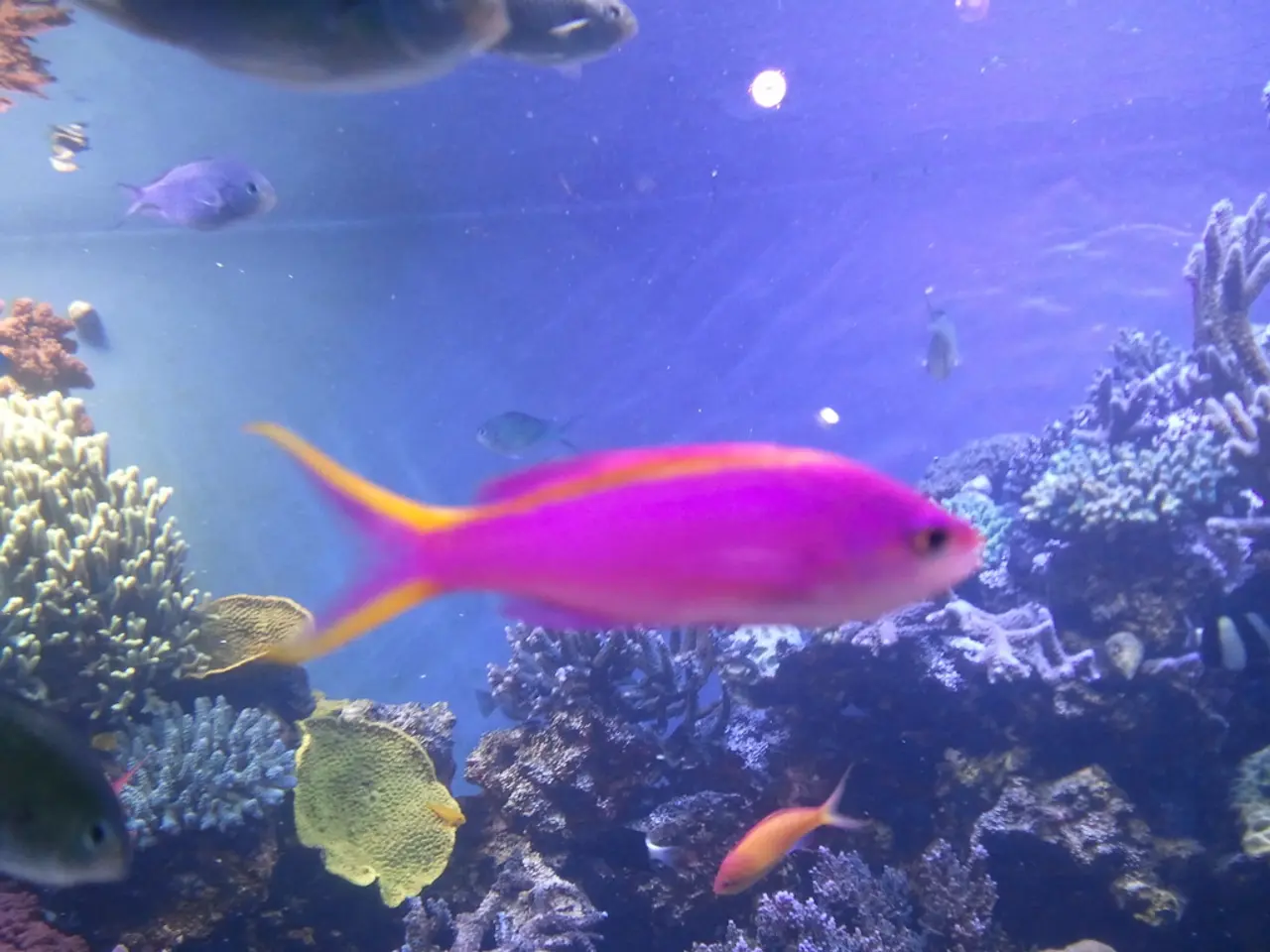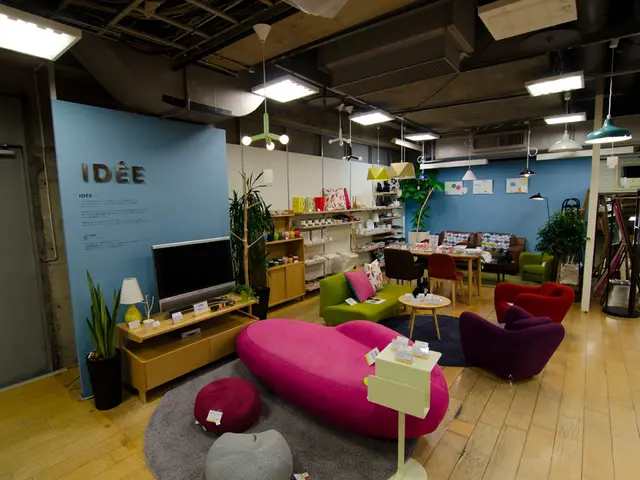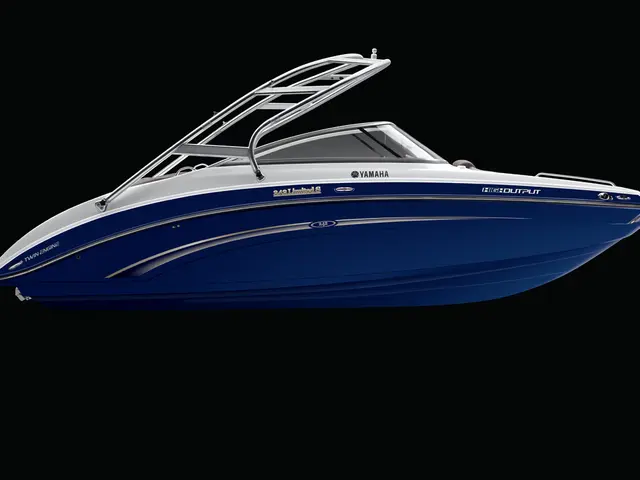Method for Eliminating and Inhibiting Algae and Diatoms in an Aquarium Tank Using Copepods
In the captivating world of aquarium keeping, a new tool has emerged that promises to revolutionise the balance and health of aquatic ecosystems: Algaebarn's Ecopods. With over 25 years of experience in the field, aquarium enthusiast and expert Robert shares his insights on the benefits of these tiny, live organisms.
Each 16oz jar of Ecopods contains an impressive 7000 live pods, a diverse blend of four species: Tigriopus californicus, Tisbe biminiensis, Apocyclops panamensis, and Oithona colcarva. When added to a well-established aquarium, these pod species can play a pivotal role in the aquatic food web. They scavenge for phytoplankton, diatoms, microalgae, and even detritus, helping to create a balanced biome and preventing photosynthetic pests.
However, the addition of pods in an aquarium isn't a one-size-fits-all solution. If the tank is experiencing a diatom bloom or contains predators that will prey upon the pods, a more calculated approach is required. For instance, in such cases, adding one jar per 15 gallons will ensure a viable foundation for the pods to thrive.
Robert's perspective, thoughtfulness for the hobbyist, and general understanding of the hobby and industry surrounding it allow him to write digestible content that makes reefing fun and easy. His advice? Add the pods to your tank at night after the fish have been fed and the lights go out.
The results of an experiment involving 12 tanks, each receiving 16 jars of Ecopods, were astounding. Over 100,000 live pods per tank were present after the addition, and the diatoms were eliminated from all of the test tanks that contained a serious bloom within one week.
However, it's important to note that the presence of copepods does not guarantee a complete eradication of all pests. The elimination of one pest can lead to another taking its place. Furthermore, the presence of copepods does not prevent residual blooms of cyanobacteria or chrysophytes after a cleaning.
Creating a safe haven for pods, free of predators, can be achieved in a refugium to support a well-balanced biome. Manual addition of pods may be necessary to maintain this balance if the biome contains predators like flatworms or dragonets that target copepods as prey.
In conclusion, Algaebarn's Ecopods offer a promising solution for enhancing the biodiversity and health of aquatic ecosystems. By serving as a natural live food source and contributing to the biological balance, these tiny organisms can significantly improve aquarium results, maintaining water quality and supporting a healthier ecosystem within the tank. As with any aquarium technique, careful consideration and a thoughtful approach are essential for optimal results.
Read also:
- International cooperatives associated with OCOP (One Commune One Product) are actively exploring strategies to access and penetrate foreign markets.
- Federal health clinics in Maine seek restoration of withheld Medicaid financing, filing a lawsuit against the Trump administration over funding reductions.
- Tezos' Etherlink Broadens Its Gaming Offerings with Incorporation of Pikes Arena and Cricket Champions
- Depakote Cost in 2025: Discounts and Additional Savings Options








